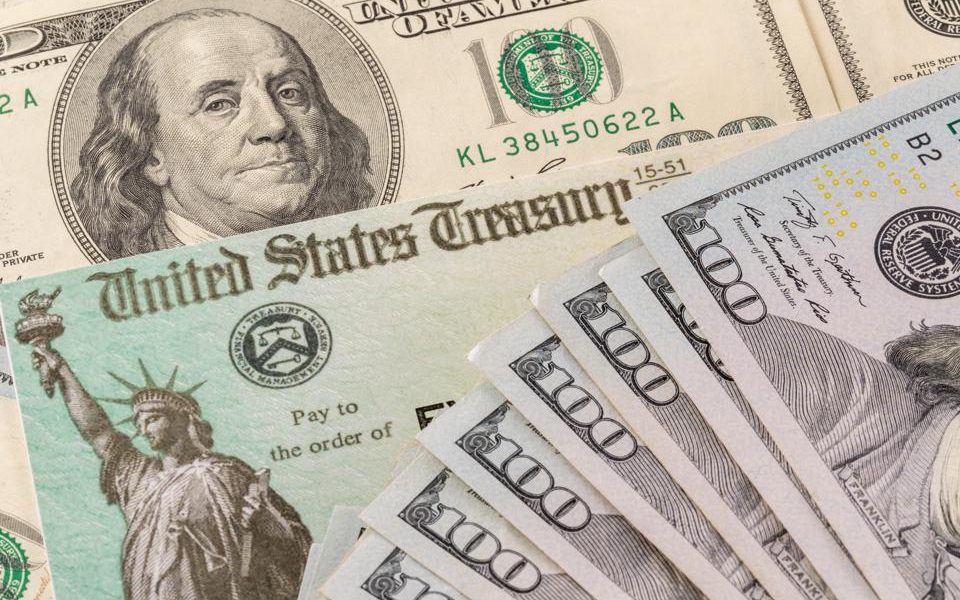After weeks of stalemate, the two sides are finally closing in on a stimulus deal. Both Democratic and Republican leaders have already agreed that if another package becomes law, it would include another round of stimulus checks for $ 1,200. But when should Americans expect those checks if a financial aid package is signed?
If the latest round is any indication, the first of the checks would begin to be deposited within two weeks after the legislation was passed: After the passage of the $ 2.2 trillion CARES Act on March 27, Americans began to Receive your stimulus checks as early as the week of April 13.
But the payments could come faster this time. White House officials have suggested that the distribution of the checks could be sped up, given that the system is already up and running.
However, the Republican-controlled US Treasury Department could work to speed up that payment.
And direct payments will face fewer obstacles this time. In the spring, millions of Americans, including those on Social Security, had their checks delayed until they provided additional information. Since this payment would use the same fiscal year, it is unlikely that further information will need to be verified, at least among those who received their first round of payments.
All signs point to the stimulus controls being nearly identical to the first round. The direct payment sent in the spring was worth up to $ 1,200 for individuals or $ 2,400 for married couples, plus $ 500 for each qualifying child. And checks are phased out for people earning more than $ 99,000, head of household taxpayers with one older child at $ 146,500, and joint taxpayers without children at $ 198,000.
What is holding up the next financial aid package? Democrats want an economic stimulus bill of at least $ 2.2 trillion, while the White House has offered no more than $ 1.6 trillion. But the two parties are much closer together than they were in August, when Democratic leaders wanted $ 3.4 trillion and the top Republicans would not exceed $ 1 trillion.
While the two sides disagree on the dollar size of the next stimulus package, they agree on many of the areas of spending: Both sides support more funding for education, coronavirus-related projects, mortgages, and assistance for the rent. and feeding programs.
Their main areas of disagreement, outside of the overall size of the package, are based on elements such as a sharp increase in federal aid to state and local governments, which Democrats support, and the immunity of businesses from COVID-suits. 19. . , which Republicans support. And Republicans would like unemployment benefits to rise to $ 400 a week, while Democrats would like them to go back to $ 600 a week.




